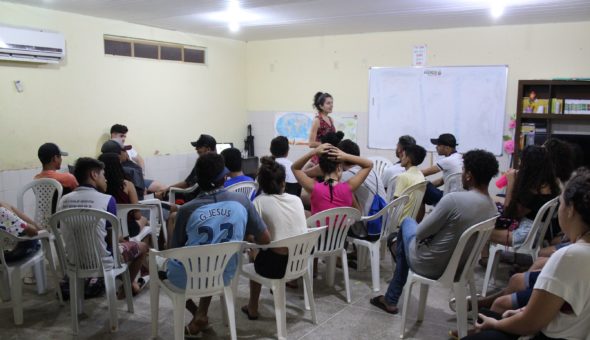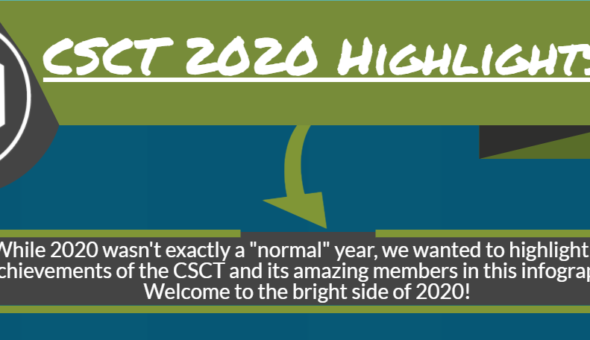Second year CSCT student, James Coombs OBrien, took part in 'I'm a Scientist, Get Me Out of Here' - a competition that enables young people to meet and talk to scientists, with the aim of inspiring them to study science later in their careers. James joined scientists from around the country to try and win votes from curious schoolchildren. After surviving 3 eviction rounds, James bagged the Runners Up title in the Materials zone. Here are a few words from James about his experience.
 Taking part in 'I’m a Scientist Get Me Out of Here' was one of the most unpredictable public engagement events I had ever undertaken. When logging onto my profile each morning there was no way of knowing what questions would be waiting for me. I could be delving into questions about life and the universe or frantically searching for what materials wheelchairs and crutches are made of.
Taking part in 'I’m a Scientist Get Me Out of Here' was one of the most unpredictable public engagement events I had ever undertaken. When logging onto my profile each morning there was no way of knowing what questions would be waiting for me. I could be delving into questions about life and the universe or frantically searching for what materials wheelchairs and crutches are made of.
But let’s back track a bit. I’m a Scientist Get Me Out of Here (IMAS) is a two week online outreach event which gives students (9-18 year olds) a chance to meet and interact with scientists. The “X-factor style competition” pits 5 scientists against each other in a particular zone and allows students to lay siege to them with questions about science. The students vote for their favourite scientists and the poor soul with the least votes at the end of each day is evicted from the competition.
I was in the Materials Zone, but don’t let the zone title fool you, the questions ranged from those that tested your knowledge (or googling power) such as “how many atoms are in a square meter of paper?” and those that were just downright bazar “what part of the body if it gets hits by a bullet will be the most dangerous?”
Inevitably a lot of questions were about the funkier parts of science, such as space and evolution, but often I did find myself discussing my own research. The students were genuinely interested in what a scientist actually does which for me affirms why being a scientist is a fantastic career choice. The event also forced me to think why the students should be interested in my research, especially when you’re competing with the volcanologist or the guy who works with crystals and lasers. Being able to do this successfully and communicate it well was something that I had to learn to do very quickly.
So I join the long list of CSCT members who have taken part in IMAS, a list that will undoubtable continue to grow. I would say to anyone thinking of signing up that this is the ultimate test of your public engagement ability and an incredibly fun experience with the added benefit of inspiring more students into science.
I’ll leave you with a list of my favourite and most thought provoking questions that I was asked over the two week period.
“What keeps planes helicopters and helium balloons in the air??”
“Why can’t we fly?”
“Why can you see the moon at day time?”
“Where do snails come from?”
“I recently watched a video, which informed me about the solar system. If the solar system is just a tiny dot in the Milky Way, how can all the planets and stars fit in the Milky Way, especially with the fact the Milky Way is just ONE of over 100,000 galaxies?”
If you are a scientist or a teacher, you can get involved at http://imascientist.org.uk
James is in cohort '13 of CSCT and is working on his PhD project titled 'Processing, forming and modifying cellulose to produce materials and composites with specific properties and tested biodegradability' with Dr Janet Scott, Dr Davide Mattia, Dr Laura Torrente Murciano and Dr Paul Murray
Respond


